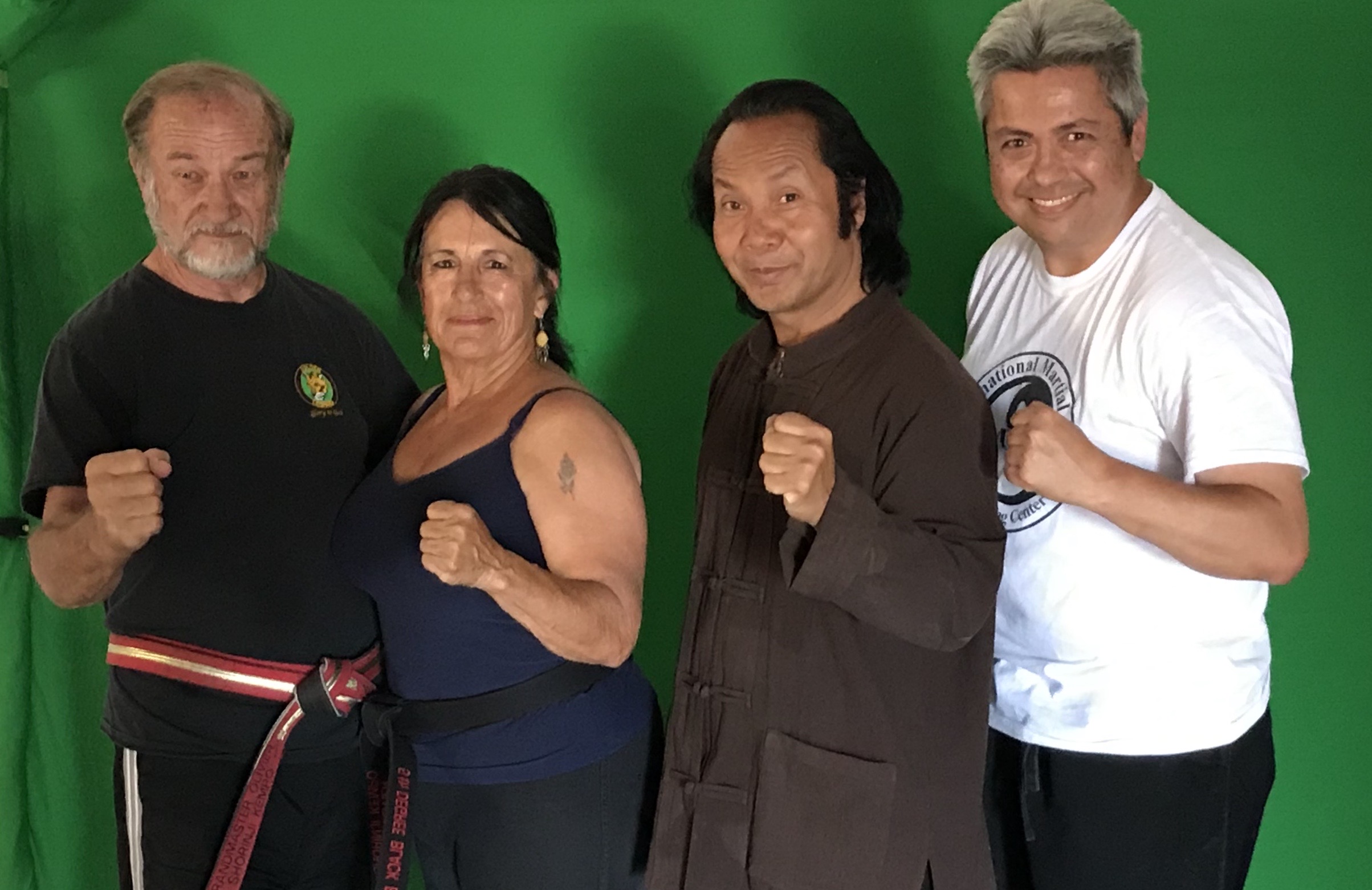Don’t be fooled by the gentleness of Tai Chi; it is a devastating art. Its slow practice pace hides the real benefits of this art. For those who know the combat application of each posture, the art is ruthless.
The critical element of Tai Chi is waist power. Of course, this is true with all martial arts. However, in Tai Chi, this is the foremost rule. The waist drives all the other limbs. Nothing moves unless the waist initiates movement.
Once you’ve internalized this keystone element, you can distill Tai Chi theory into six characteristics. Executing the transitions between postures requires all six characteristics. To violate any one of these characteristic-rules would decrease the effectiveness of Tai Chi.
Tai Chi’s Six Characteristics
- Circular: All parts of the body, such as shoulders, waist, hips, knees, and elbows, travel along circular paths. There are no locked-out joints nor straight limbs. All movements travel in horizontal and vertical circles.
- Relax: Maintain the concept of softness versus hardness. One must relax at all times. Relax does not mean falling asleep; instead, it means minimal effort yet stay alert.
- Calm: One must calm the mind and the body.
- Continuous – There should be clear and constant interchanging or transitions between Yin and Yang. One movement flows into the next, executing each step thoroughly.
- Intent: One must have the mental intent to perform each step and transition.
- Energy: There must be the manipulation of energy in each movement.
1. Circular
Each body part extends along circular paths. This extension is a structurally sound and biomechanically correct method of maintaining power. In Kempo, never lock out your joints. This anti-locking position creates circularity in your limbs. The blocks from the Palm Set are a great example of this characteristic.
2. Relax
Being relaxed allows the mind to operate. Breathing allows the body to relax. In Kempo, you utilize breathing to keep you calm and relaxed. A flexible body can generate power in one’s strikes. Remain relaxed when performing Kempo techniques.
3. Calm
Be in a state of calmness.
4. Continuous
Kempo attacks lead the opponent into the next volley of attacks. Continuity and flow are the hallmarks of Kempo, as reflected in several techniques and partner flow drills.
5. Intent
Without the intent to do it, nothing would get done. The intent is also true with executing Kempo techniques. The desire to hit provides the total body commitment to the attack. Do not confuse this with the over-commitment of defensive assets to the attack. This intent is the conscious decision to act. A great example of this is breaking. Without the intention to break a board or brick, you wouldn’t put enough “oomph” behind your strike to be successful.
6. Energy
There must be a spark of spunk in all your movements. This effort is similar to intent. Many would argue that this characteristic is dealing with chi specifically. Kempo utilizes chi in its attacks. Chi Gung sets and breaking are all examples of the application of energy.
You may have noticed that these characteristics are interrelated. They are, in fact, dependent on each other. The goal is to maintain harmony between all six elements in all your techniques and kata.
Slow down and understand how these characteristics will affect your Kempo. Waist power is the hidden power; it drives your attack. Spending effort to move your arms is unnecessary. Relying on your physical strength is a dangerous thing to do. Cover your openings by using these fundamental rules in your Kempo.



